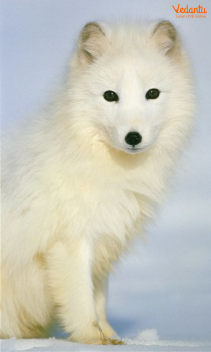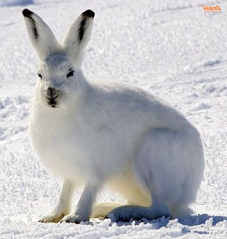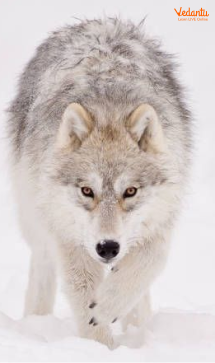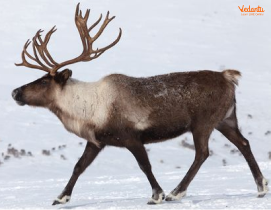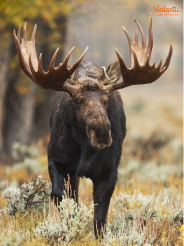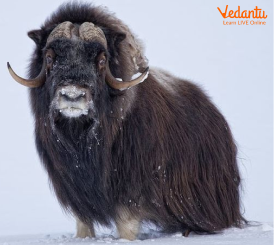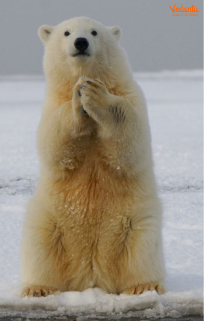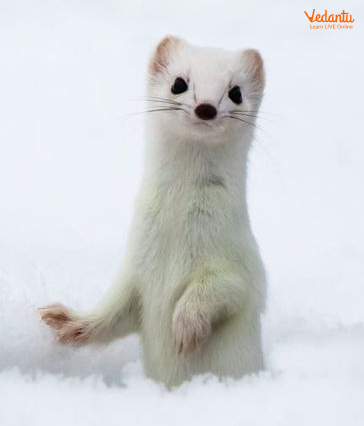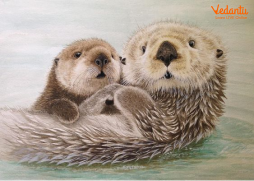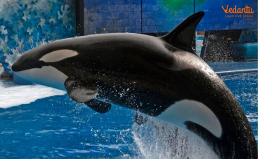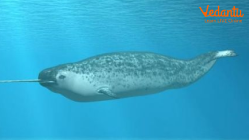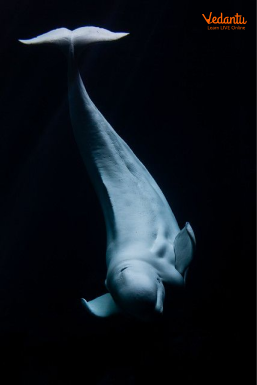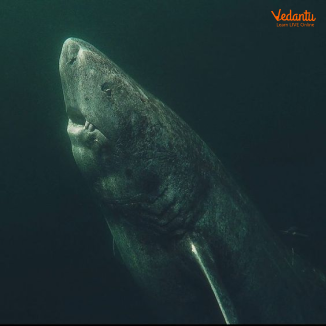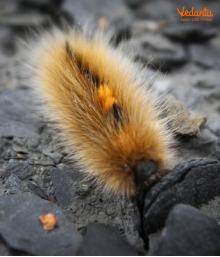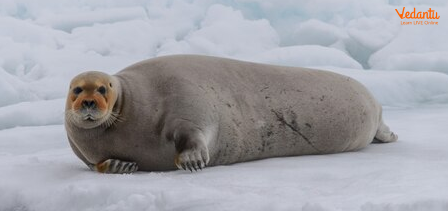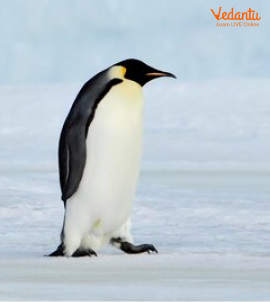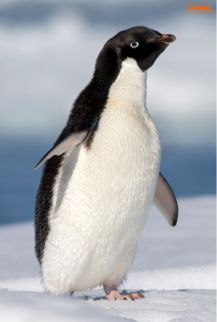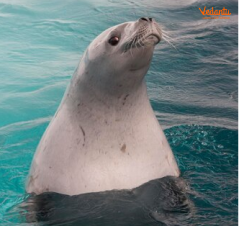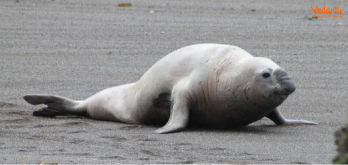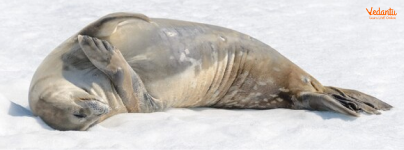




Fascinating Facts About Polar Animal Adaptations
The word “polar” means an area of or near the North Pole or South Pole. Polar region animals are found in the Arctic and Antarctic regions. Here, the Arctic region is a polar region located at the northernmost part of the Earth. However, the Antarctic continent is the fifth-largest and the Earth’s southernmost continent that is situated almost entirely south of the Antarctic Circle and surrounded by the Southern Ocean, it contains the geographic South Pole.
Polar animals are found in both of these regions and the category of each animal varies in these two. We will discuss the polar animals' names in both the Arctic and the Antarctic circle separately along with their appearance.
What are the Arctic Regions?
Talking about the Arctic region, it has the following salient features:
The Arctic is featured in cold winters and cool summers.
The precipitation mostly comes in the form of snow and is low, with most of the area receiving less than 50 cm (20 in).
High winds help in stirring up snow, thereby creating the illusion of continuous snowfall.
Average winter temperatures can go as low as − 40°C (− 40°F), and the coldest average temperature goes around − 68°C (− 90°F).
Lastly, coastal Arctic climates are lessened by oceanic influences, having generally warmer temperatures and heavier snow falls than the colder and drier interior areas.
The Arctic regions comprise the following:
The Arctic Ocean,
Adjacent seas,
Parts of Alaska (United States),
Canada,
Finland,
Greenland (Denmark),
Iceland,
Norway,
Russia, and
Sweden.
Land within this region has seasonally varying snow and ice cover, with mainly treeless permafrost (permanently frozen underground ice) containing tundra.
Polar Animals in the Arctic Circle
Below is a list of the Arctic Animals that are predominant in the Arctic Circle:
What Are the Antarctic Regions?
The Antarctica Circle is on average the coldest, driest, and windiest of all the continents and has the highest average elevation. It has the following salient features:
The region is mainly a polar desert, with annual precipitation of 200 mm (8 in) along the coast and far less inland.
About 70% of the world's freshwater reserves are frozen there, which if melted would raise global sea levels by over 60 metres (200 ft).
The Antarctic Circle holds the record for the lowest measured temperature on Earth, which is around − 89.2 °C (−128.6 °F).
Native species of animals include mites, nematodes, penguins, seals, and tardigrades. Vegetation consists of tundra.
Countries in the the Antarctic Region
The countries in the Antarctic region are given below:
Argentina,
Australia,
Belgium,
Chile,
France,
Japan,
New Zealand,
Norway,
South Africa,
The U.S.S.R. (Russia),
The United Kingdom, and
The United States
Antarctic Circle Animals List ‒ South Pole
The table below shows the polar animals found in the Antarctic region of the South Pole.
This was all about the names of countries in the Arctic and the Antarctic regions. Also, we studied the various polar animal names in both of these regions separately. Going through the table, you can see the names along with their appearances. See how many you know or can identify. If you wish to read more information about such interesting topics, check out the plethora of articles for kids on our website.
FAQs on Polar Animals: Explore Life at the Poles
1. What are the two polar regions on Earth?
The two polar regions on Earth are the Arctic, located at the North Pole, and Antarctica, located at the South Pole. The Arctic is an ocean surrounded by continents, while Antarctica is a continent surrounded by an ocean. Both regions are known for their extremely cold climates, ice, and snow.
2. What are some common animals found in the Arctic?
The Arctic is home to a variety of land and marine animals. Some of the most well-known examples include:
- Polar Bears: The largest land carnivores, famous for hunting seals on sea ice.
- Arctic Foxes: Known for their thick, white fur that provides camouflage in the snow.
- Caribou (Reindeer): Large herbivores that migrate in herds across the tundra.
- Snowy Owls: Birds of prey with excellent vision for hunting.
- Walruses, Narwhals, and Beluga Whales: Marine mammals adapted to the icy waters.
3. What kinds of animals live in Antarctica?
Antarctica has no large land predators. Its wildlife is mostly concentrated along the coast and in the surrounding ocean. Famous Antarctic animals include several species of penguins (like the Emperor and Adélie), various types of seals (like the Weddell and Leopard seal), and large whales that feed in the nutrient-rich waters. The food web is heavily based on krill, a small crustacean.
4. How do polar animals survive in such extreme cold?
Polar animals survive through remarkable adaptations. These are special features or behaviours that help them live in their harsh environment. Key survival strategies include having thick layers of fat (blubber) and dense fur or feathers for insulation, developing camouflage to blend in with the snow, and having specific behaviours like hibernating or huddling together for warmth.
5. What is the main difference between the wildlife of the Arctic and Antarctica?
The most significant difference is the presence of large land predators. The Arctic has land predators like the polar bear and Arctic fox, whereas Antarctica has none. You will find polar bears only in the Arctic and penguins almost exclusively in the Southern Hemisphere, with most species living in and around Antarctica. The two polar regions evolved in isolation, leading to completely different sets of animal species.
6. What are some specific examples of physical adaptations in polar animals?
Polar animals have many physical adaptations for survival. For example:
- Polar Bears have a thick layer of blubber, water-repellent fur over a dense undercoat, and black skin to absorb heat.
- Penguins have waterproof feathers and a layer of blubber to stay warm in icy water.
- Arctic Foxes have white fur in winter for camouflage, which changes to brown in summer. They also have short legs and ears to reduce heat loss.
- Seals and Walruses possess a very thick layer of blubber that insulates them from the cold both in and out of the water.
7. Why are polar animals so dependent on sea ice?
Sea ice is critical to the polar ecosystem, especially in the Arctic. It serves as a vital platform for life. For example, polar bears use the ice to hunt seals, their primary food source. Seals use the ice to rest and raise their pups, safe from marine predators like orcas. The melting of sea ice due to climate change directly threatens the survival of these animals by destroying their habitat and hunting grounds.
8. Are there any plants that grow in the polar regions?
Yes, but plant life is very limited. In the Arctic, the summer thaw allows for the growth of a variety of low-growing plants on the tundra, including mosses, lichens, grasses, and some flowering plants. In Antarctica, which is much colder and almost entirely covered by a thick ice sheet, plant life is extremely rare, consisting of only two native flowering species, along with mosses and lichens found on the rocky coasts.
9. Can humans live permanently in Antarctica?
No, Antarctica has no permanent human residents. The continent's environment is too extreme for permanent settlements. However, it hosts several research stations where scientists and support staff live for parts of the year on a rotational basis to conduct important scientific research about Earth's climate, atmosphere, and history.






















